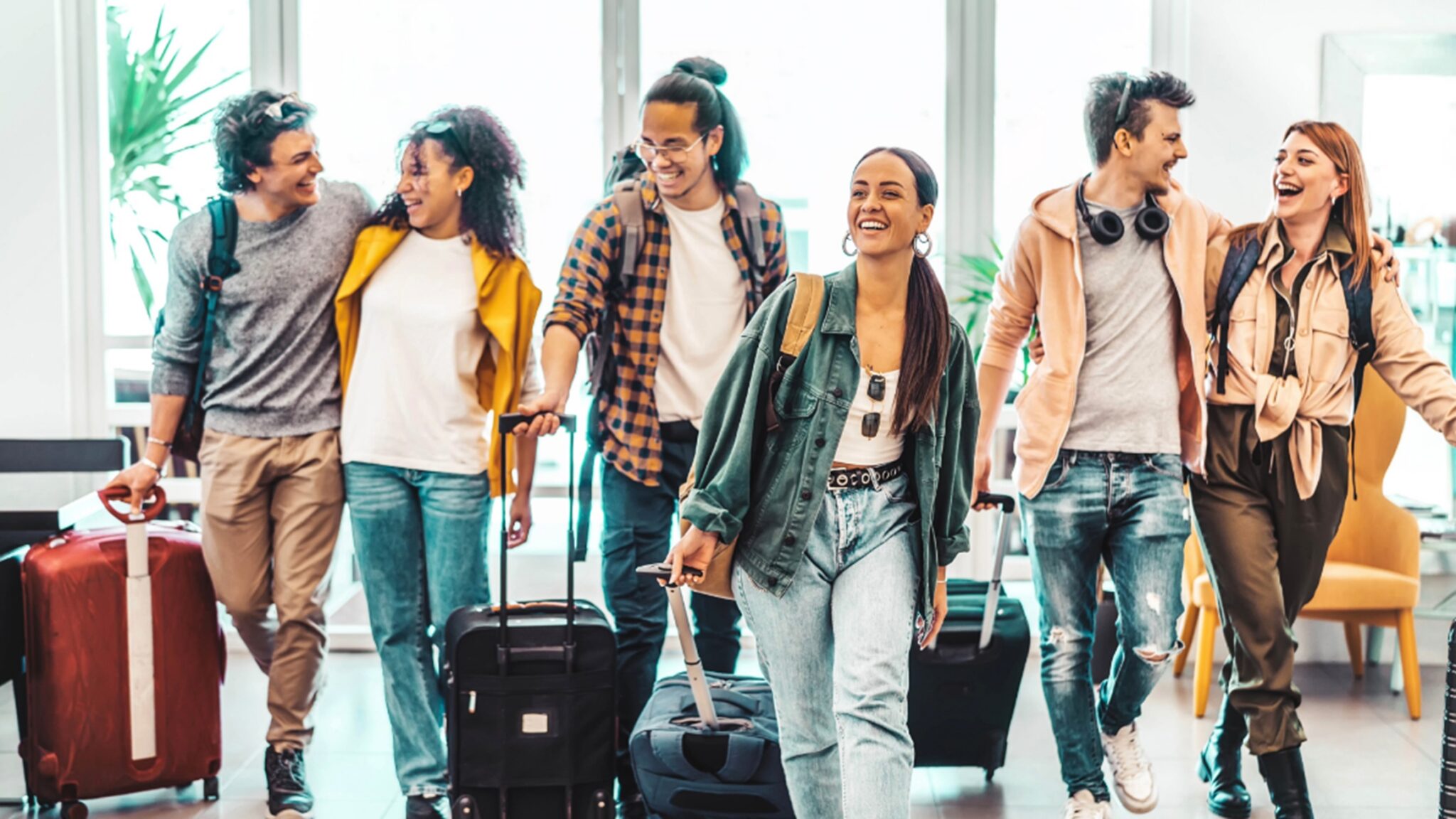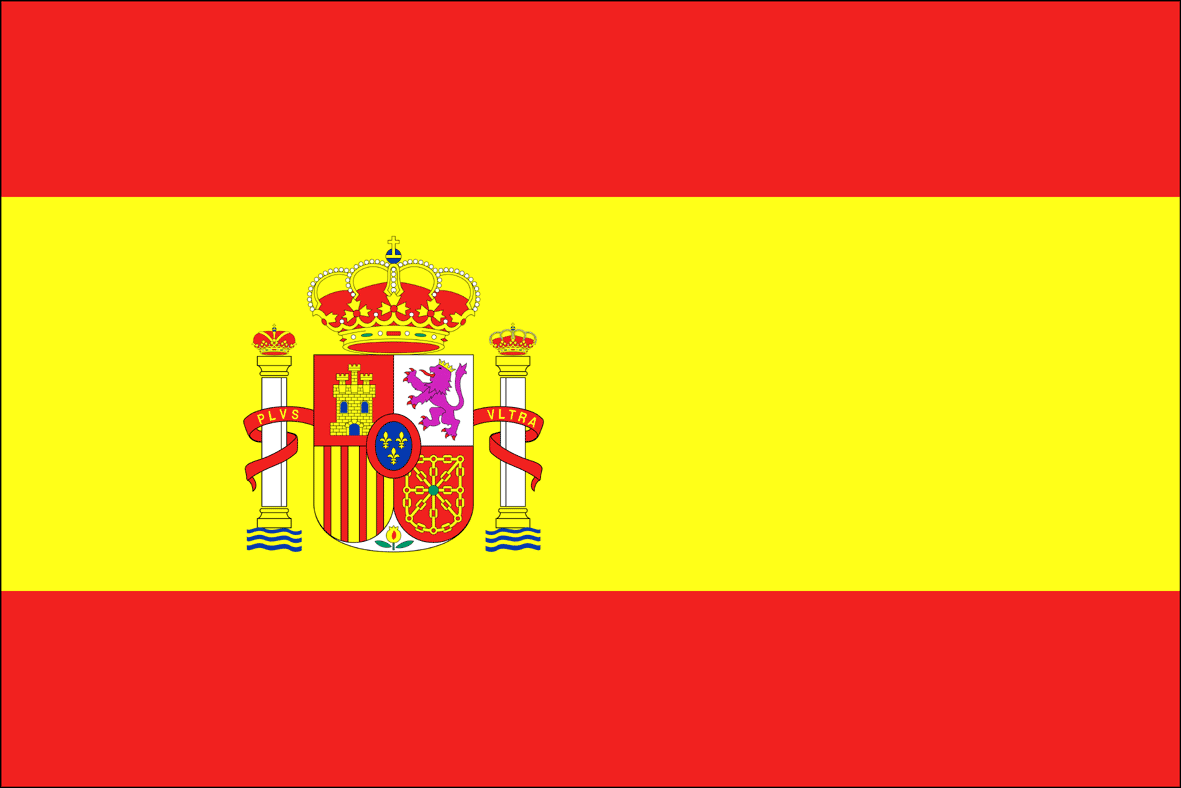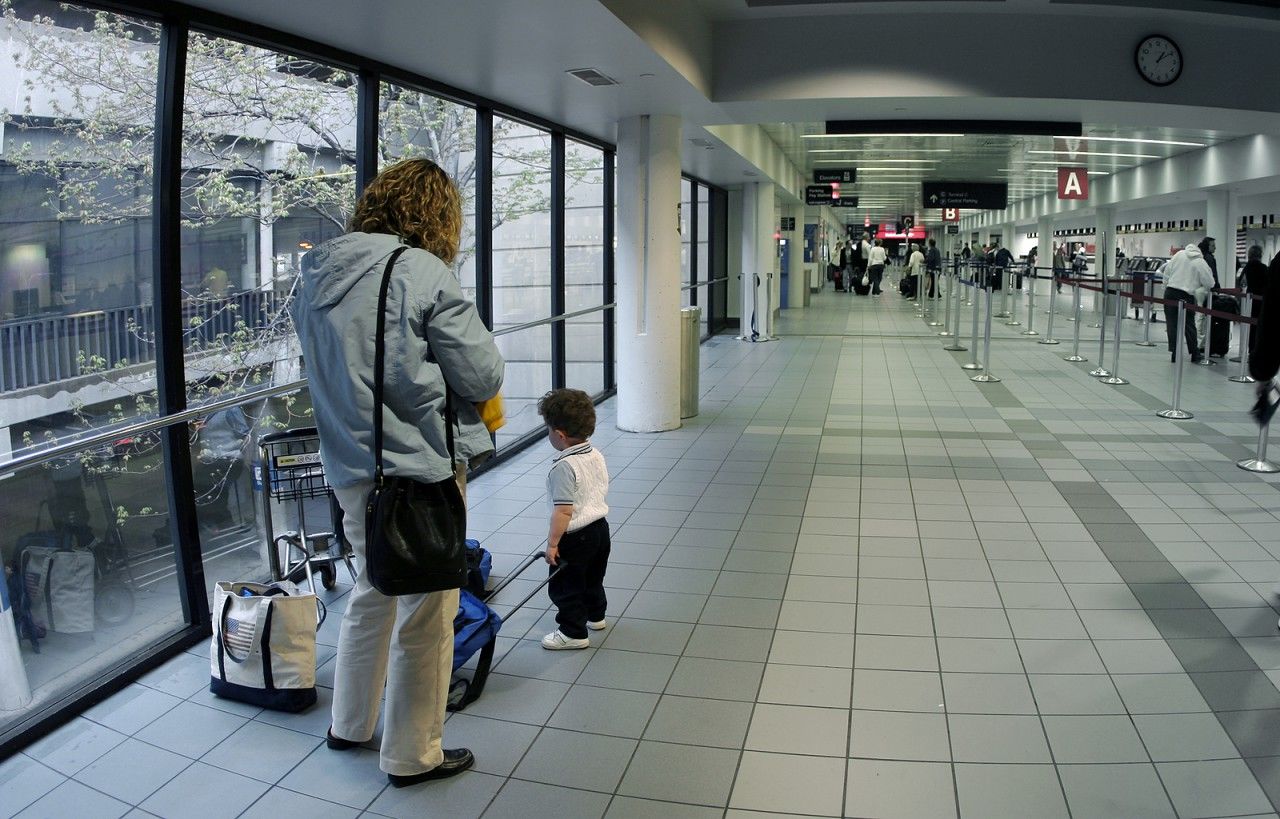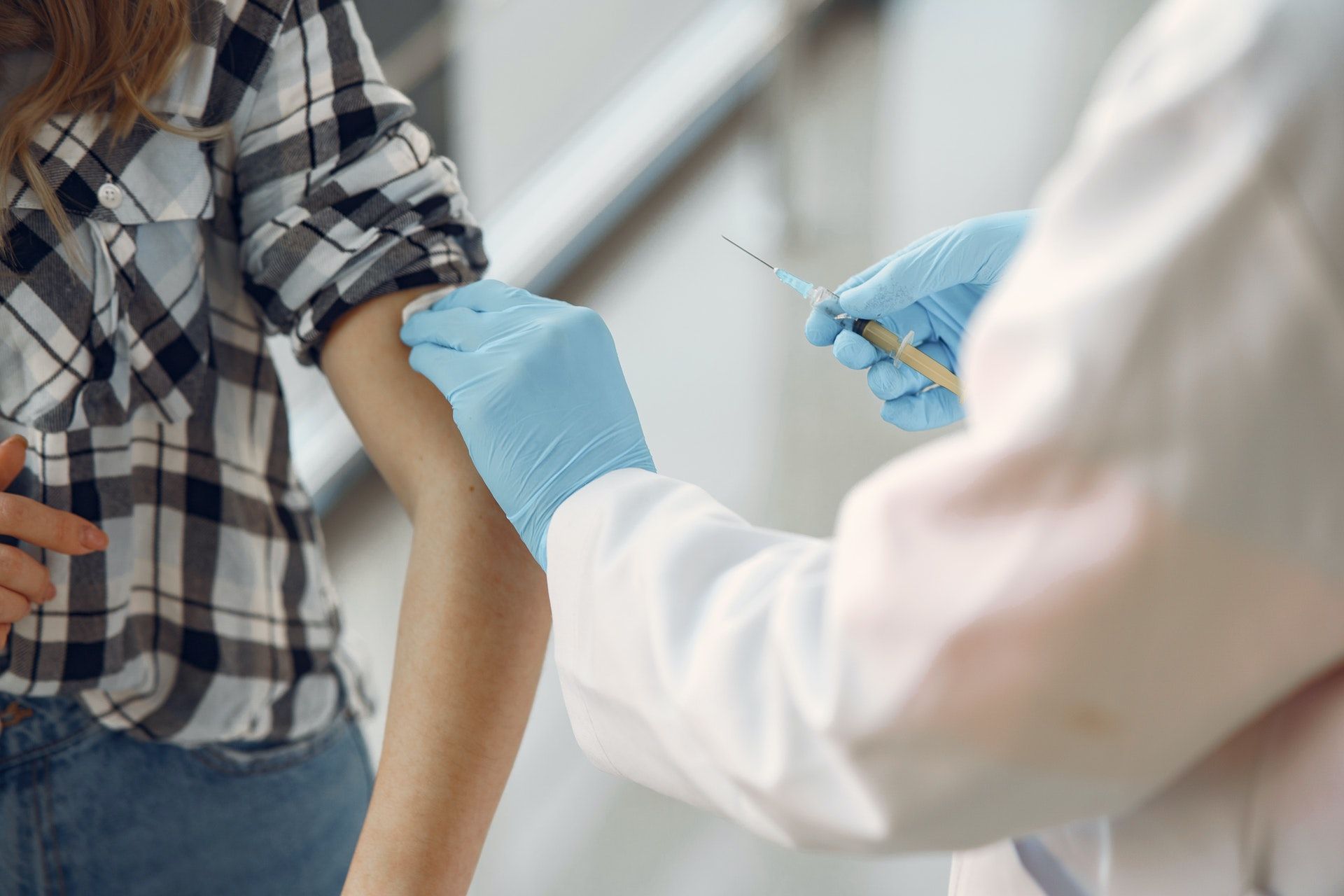Below you’ll find content published as of November 11th, 2020.
As you know, a novel coronavirus outbreak has swept across the globe. Like previous outbreaks, this strain of virus has never before been seen in humans therefore no effective treatment or vaccine has been developed. As of today many countries have issued travel restrictions and quarantine measures to prevent further infection in the general public.
The U.S. Department of State has issued new travel advisories in order to further protect and advise global citizens with regard to travel and tourism. In addition to maintaining a standard list of country advisories, they have issues specific Level 3 and 4 advisories in response to the spread of Coronavirus. Keep in mind that when a country is at a risk level of 3 or higher many travel insurance companies may suspend or change coverage. As always, if you have questions about your travel insurance and coverage in higher risk destinations, or send an email to [email protected].
COVID-19 and Travel
You’re sick of being at home and are itching to travel again. We get it. You’re wanting to travel overseas but are concerned about the risk of catching COVID-19 along the way and after you arrive. How can you determine if your destination would put you at risk? Are there ways to reduce your risk on your trip? What happens if you get the Coronavirus? These are important questions that should be answered before you leave, and we offer these Coronavirus prevention tips and other useful information to help answer these questions.
Will My Destination Put Me at Risk?
To find out the latest COVID-19 status of any country you plan to visit, the first place to start is with the Centers for Disease Control and Prevention (CDC). The COVID-19 Travel Recommendations by Destination section of their website provides a comprehensive COVID-19 status report for each country. Another helpful source of this information is published by the International Air Transport Association (IATA) Travel Centre. Their COVID-19 Travel Regulations Map provides a current picture of the areas to watch out for.
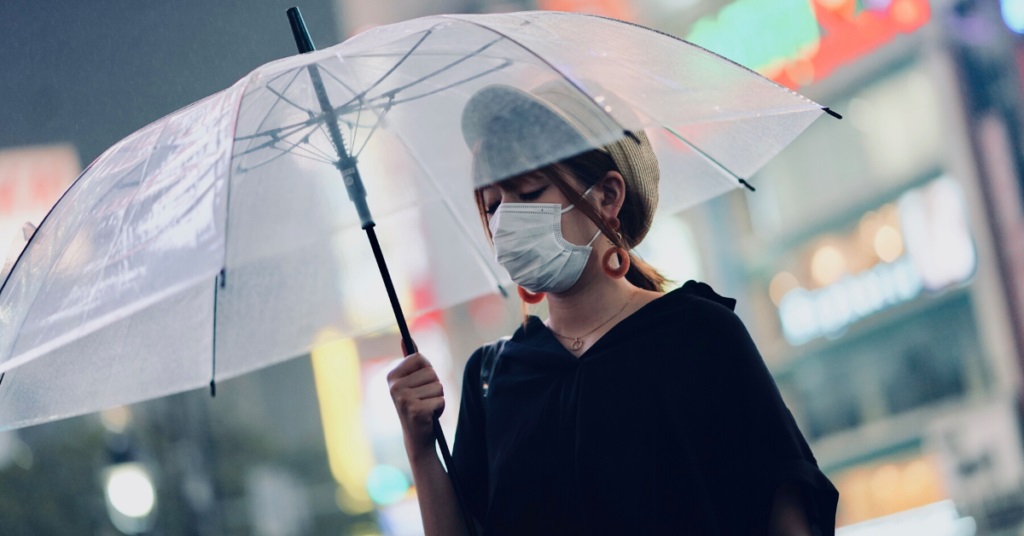
You might want to see for yourself the COVID-19 case and death statistics in the country you plan to visit, and a good source of that information is the Worldometer Coronavirus Statistics by Country. It presents a thorough analysis of the COVID-19 statistics and allows you to drill down into greater detail if you want to.
In addition to COVID-19, there may be other reasons for travel advisories or restrictions to other countries, such as civil unrest, terrorism or war. It is best to check the U.S. Dept. of State Travel Advisories to become aware of the latest restrictions and potential risks.
Keep in mind that when a country is at a risk level of 3 or higher many travel insurance companies may suspend or change coverage. As always if you have questions about your travel insurance and coverage in higher risk destinations, or send an email to [email protected].
Coronavirus Prevention Tips – ways to Reduce My Risk While Traveling
The medical community has learned that COVID-19 spreads primarily through respiratory droplets, so the main way people transmit the virus is through coughing, sneezing, talking, singing, yawning and breathing around other people. Unfortunately, this can even happen when people don’t show any symptoms. It can also spread when people touch surfaces that have the virus on them. However, the CDC says this is not the main way it spreads.
The general CDC guidelines to protect yourself from COVID-19 include these Coronavirus prevention tips:
- Washing your hands frequently for 20 seconds or longer
- Using hand sanitizer when soap and water aren’t available
- Wearing a mask when you leave your house
- Physically distance yourself from everyone, but especially people who are sick
- Avoiding discretionary travel
- Avoiding large gatherings

The CDC has also issued specific guidance for travelers to reduce their risk of getting COVID-19. However, their guidance has changed throughout the year, so it is best to check the latest CDC Travel Guidance before you leave. There are also other sources of helpful Coronavirus prevention tips to avoid COVID-19 while traveling, such as a travel advice page from the Mayo Clinic.
What Happens If I Get COVID-19?
One way to determine if you may be experiencing COVID-19 symptoms is to use the CDC Coronavirus Self-Checker. If you think you have COVID-19 or have been diagnosed with COVID-19, you should isolate yourself immediately. To prevent the virus from spreading further, avoid contact with others until you’re completely free of symptoms.
Self-quarantine is a good time to call everyone you’d been in contact with over the last few weeks to let them know that you’re sick. It’s also a good idea for those people to self-isolate just in case they’re in the pre-symptomatic phase of the virus or a totally asymptomatic carrier.
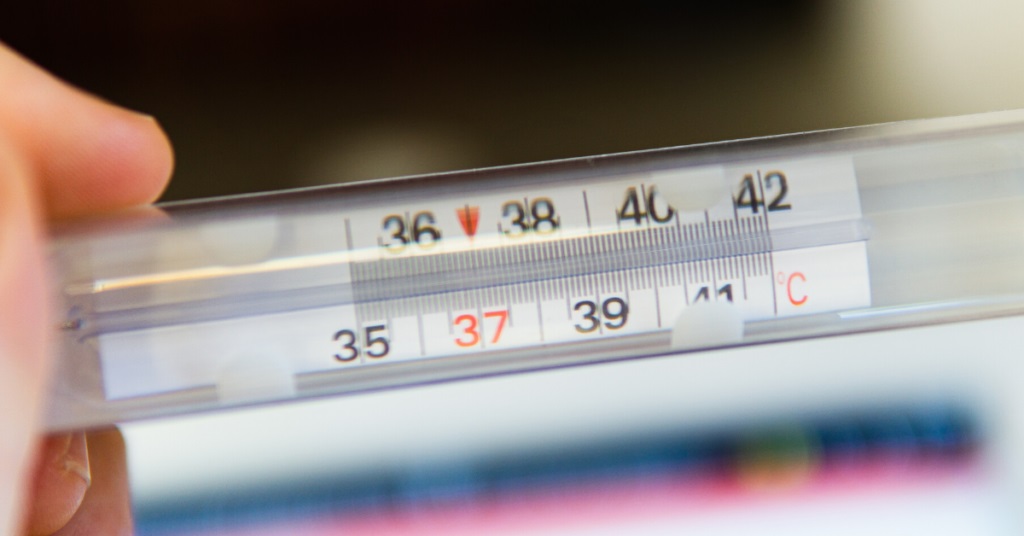
Monitor your symptoms. If they’re mild, stay home and take care of yourself. Stay in touch with your doctor and report any changes in symptoms or severity. If you start to feel like you can’t breathe, can’t stay awake or experience other emergency warning signs, seek medical treatment right away.
Passports
If a passport is needed for your travel, you’ll want to check how COVID-19 is currently impacting U.S. passport operations. The best source of this information is the U.S. Dept. of State Passport Operations Status page on the State Department website.
News Update
The Food and Drug Administration (FDA) has approved the antiviral drug remdesivir for use in adult and pediatric patients 12 and older for the treatment of COVID-19 requiring hospitalization. This is the first drug that the FDA has approved to treat COVID-19. Previously, Remdesivir was granted emergency use authorization, which is different from formal approval. The decision was supported by the agency’s analysis of data from three randomized, controlled clinical trials that included patients hospitalized with mild-to-severe COVID-19, the FDA said.
General Information on the novel Coronavirus Outbreak- 11.11.20
How did this outbreak start?
The epicenter of the novel coronavirus is reported as the seafood market in Wuhan, China (giving this strain the informal name “Wuhan Coronavirus.)
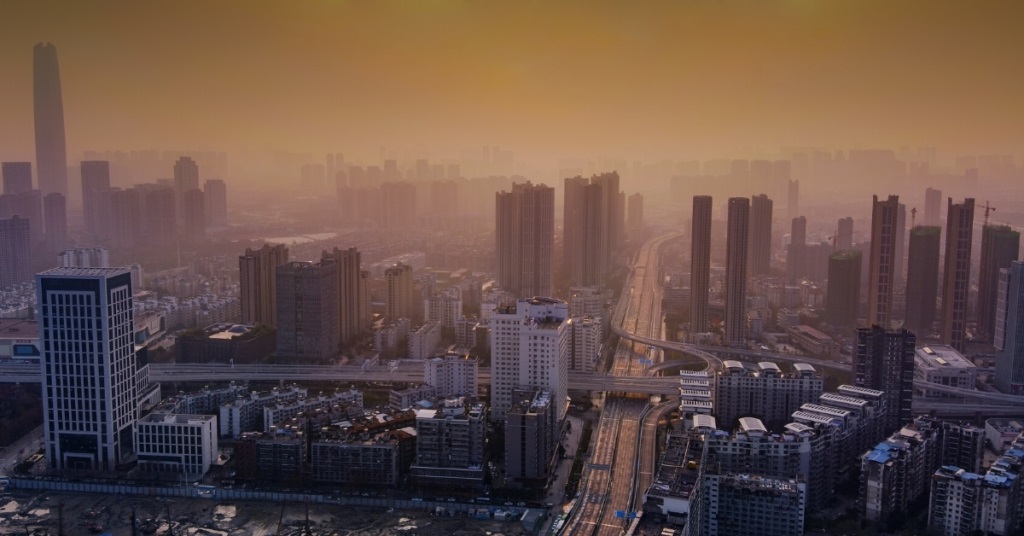
Wuhan is a city of just over 11 million people- making it more populous and densely packed than New York City. It sits as the capital of the Hubei province which is home to more than 50 million people. Wuhan is known to be a center for production of goods shipped worldwide and is a transportation hub for all of central China (much in the same way Chicago is for the United States.) In addition to production and transportation, Wuhan is an industrious tech city with research parks and technology company headquarters numbering in the thousands. While advanced, the city is still home to numerous blue collar workers, many of whom shop at markets such as the one where this outbreak began.
The seafood market is well known to have a thriving black market where animals such as rabbits, ducks, dogs, marmots, snakes, and bats are traded and sold as food illegally. In the past coronavirus strains have been known to make the jump from animals to humans- in fact this is what happened in the 2003 SARS outbreak that killed over 700 people and infected over 8,000.

The first case of Coronavirus was reported officially on December 31st, sparking a shutdown and cleaning of the Wuhan Seafood Market on January 1st- little did authorities know this measure would prove to be too little too late. Within a few weeks the number of cases reported in the Hubei province soared to over 1000, causing the Chinese government to extend the Chinese New Year holiday and suspend travel for millions.

What is the Coronavirus?
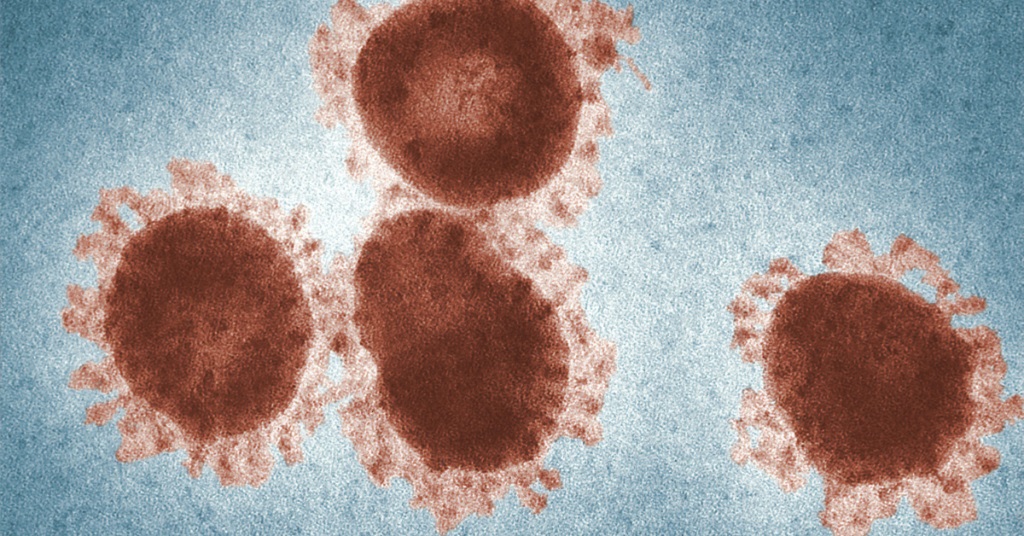
On February 11, 2020, the World Health Organization announced an official name for the disease that is causing the 2019 novel coronavirus outbreak. The new name of this disease is coronavirus disease 2019, abbreviated as COVID-19. In COVID-19, ‘CO’ stands for ‘corona,’ ‘VI’ for ‘virus,’ and ‘D’ for disease. Formerly, this disease was referred to as “2019 novel coronavirus” or “2019-nCoV.”
Coronaviruses are a family of viral strains known to cause infections both seasonally and in the form of an epidemic among populations. They are similar to flu strains in how they adapt and can jump species (like the swine flu aka H1N1.) In fact, it is a virus in the coronavirus that caused the SARS outbreak of 2003- and a strain of coronavirus that causes the common cold. This is important to note because while the name “coronavirus” may be new to many, it is not necessarily indicative of the severity of this specific outbreak.
Coronaviruses, named for the crown-like spikes on their surfaces, are a large family of viruses that are common in people and many different species of animals, including camels, cattle, cats, and bats. There are many types of human coronaviruses, including some that commonly cause mild upper-respiratory tract illnesses. COVID-19 is a new disease, caused by a novel (or new) coronavirus that has not previously been seen in humans. The exact source of this virus has not been identified.
What are the symptoms of this Coronavirus?
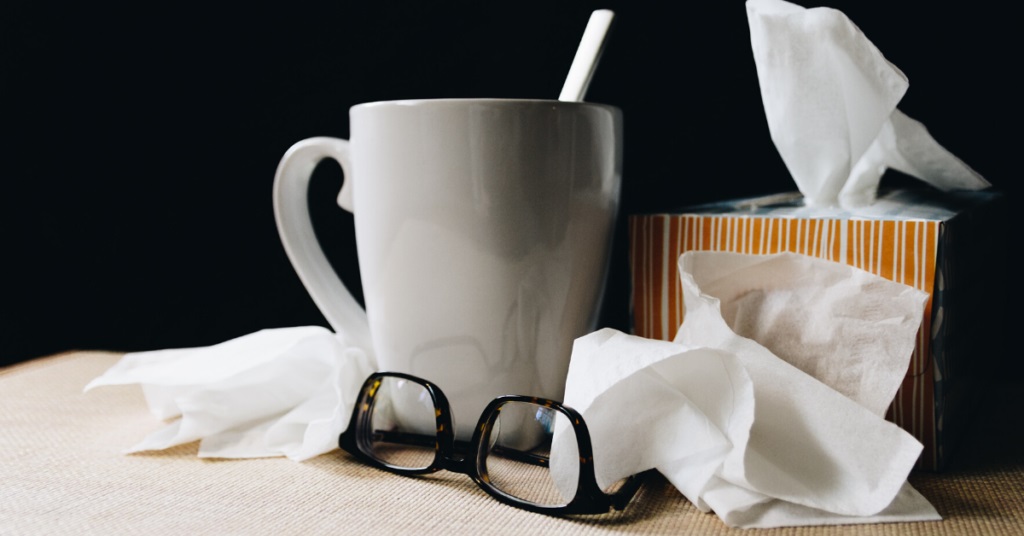
People with COVID-19 have had a wide range of symptoms reported – ranging from mild symptoms to severe illness. Symptoms may appear 2-14 days after exposure to the virus. People with these symptoms may have COVID-19:
- Fever or chills
- Cough
- Shortness of breath or difficulty breathing
- Fatigue
- Muscle or body aches
- Headache
- New loss of taste or smell
- Sore throat
- Congestion or runny nose
- Nausea or vomiting
- Diarrhea
Symptoms of the infection may appear in as little as 48 hours after exposure all the way up to 14 days after exposure. The virus is contagious even before symptoms appear meaning most people are exposed to the coronavirus without knowing- and most people who are spreading the virus are also unaware of their infected status.
How deadly is this virus?
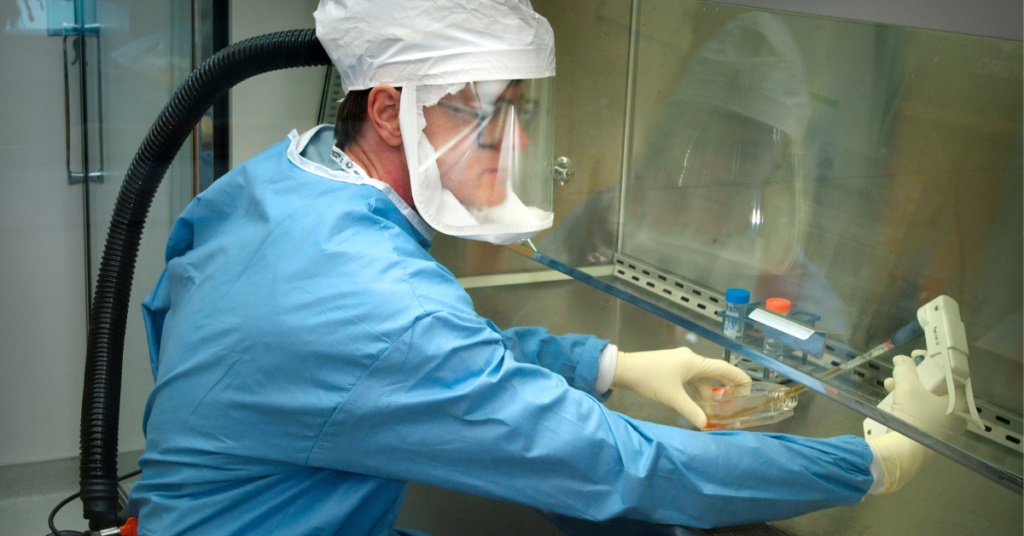
Because COVID-19 is a new virus, scientists are learning more each day. Although most people who have COVID-19 have mild symptoms, COVID-19 can also cause severe illness and even death. Some groups, including older adults and people who have certain underlying medical conditions, are at increased risk of severe illness. Severe illness from COVID-19 is defined as hospitalization, admission to the ICU, intubation or mechanical ventilation, or death.
Adults of any age with the following conditions are at increased risk of severe illness from the virus that causes COVID-19:
- Cancer
- Chronic kidney disease
- COPD (chronic obstructive pulmonary disease
- Heart conditions, such as heart failure, coronary artery disease or cardiomyopathies
- Weakened immune system from solid organ transplant
- Obesity
- Pregnancy
- Sickle cell disease
- Smoking
- Type 2 diabetes mellitus
COVID-19 is a new disease and there is limited information about the impact of many underlying medical conditions and whether they increase the risk for severe illness from COVID-19. Based on what is known at this time, adults of any age with the following conditions might be at an increased risk for severe illness from the virus that causes COVID-19:
- Asthma (moderate-to-severe)
- Cerebrovascular disease
- Cystic fibrosis
- Hypertension or high blood pressure
- Weakened immune system from blood or marrow transplant, immune deficiencies, HIV, use of corticosteroids, or use of other immune weakening medicines
- Neurologic conditions, such as dementia
- Liver disease
- Overweight
- Pulmonary fibrosis (damaged or scarred lung tissues)
- Thalassemia (type of blood disorder)
- Type 1 diabetes mellitus
Coronavirus prevention tips – how to keep yourself safe:
Here are a few practical coronavirus prevention tips to reduce your risk of contracting the virus:
Wash your hands and sanitize often. It is well known that alcohol can kill the coronavirus as can high temperatures. Therefore it is important to keep your hands clean if at all possible.
Stay home if you can. This virus can be transmitted person to person just through being in the air. If you are at all concerned or showing any symptoms keep everyone safe by quarantining yourself. Even if you are asymptomatic you may still spread the virus, so it is important to avoid contact as much as possible.
Change travel plans. If you were planning a trip, perhaps it is time to reconsider those plans. While it’s never fun to cancel or postpone a trip, visiting the country where an epidemic is currently sweeping is never a good idea. (Before you cancel you can purchase travel insurance to cover the cost of your trip either in postponing or canceling entirely.)
What do I do if I’ve been exposed?
If you believe you have come into contact with someone who tested positive for the coronavirus anywhere in the world, stay home and call your nearest hospital. It is important to quarantine yourself and monitor your temperature closely. If symptoms do appear further contact your healthcare providers for specific instruction.
As you consider overseas travel, our hope is that these Coronavirus prevention tips are useful to you.
Sources:
CNN.com
Wired.co.uk
CDC.gov
Worldmeters.info
WHO.int
dailymail.co.uk
